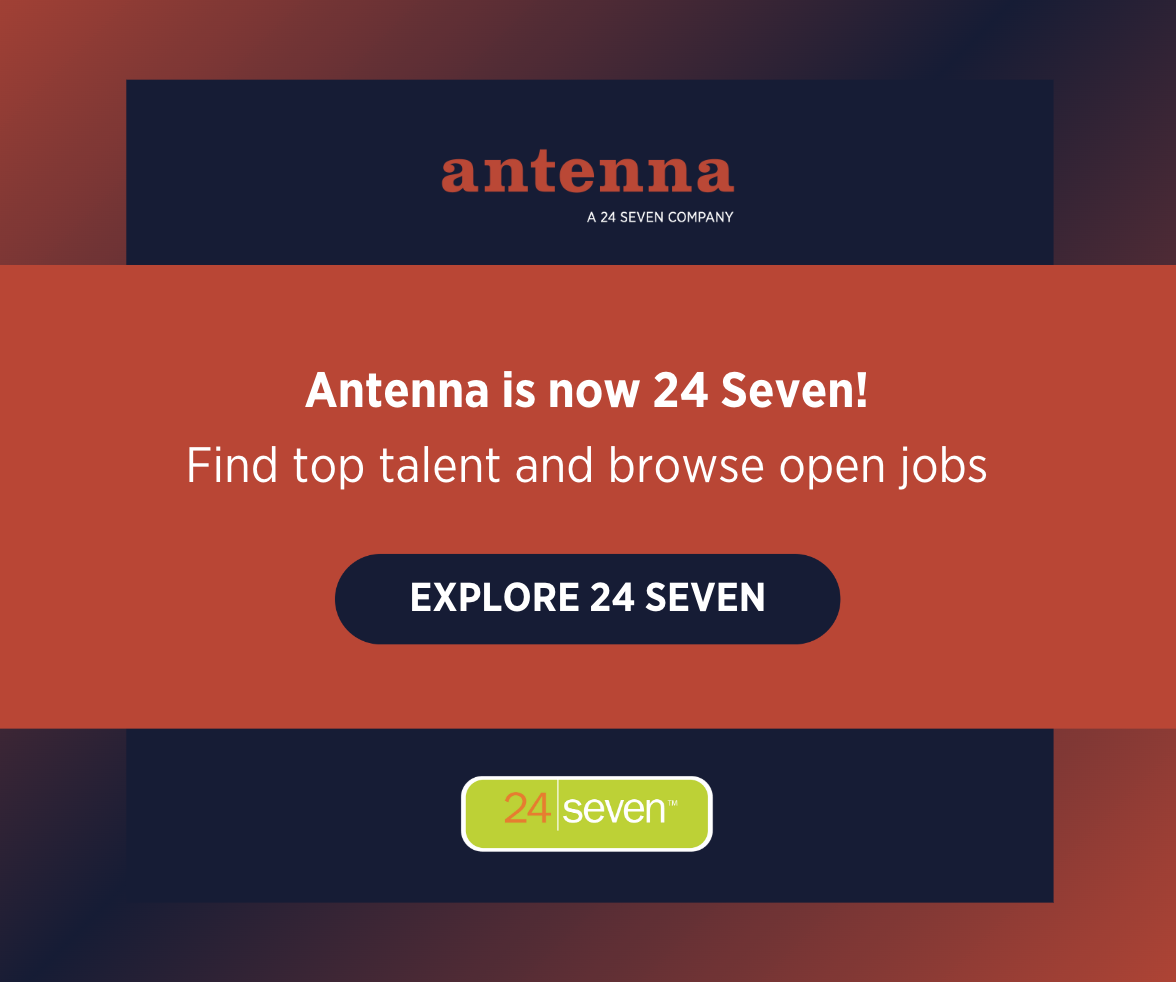
Cali Williams Yost on Creating A High-Performance Flexible Work Culture In Your Organization
Does this sound familiar? You understand that flexible work is mission critical for your business, and maybe you have formal flexible work policies, but they’re inconsistent and you’re facing manager resistance. Despite all this, you’re not ready to give up!
This is what workplace strategist Cali Williams Yost hears from leaders all the time. She has spent her career helping leaders and teams build high-performance flexible work cultures, and she shared her insights at The Way We Work lecture hosted by Antenna and the University of Minnesota’s Carlson School of Management.
Flexible Work is the Future
“There really isn’t going to be another option,” says Yost. “We clearly have to offer flexible work in a meaningful way, and offer it in a way that still makes sense for our businesses.”
While many businesses know that they “should” be offering flexible work – whether they’re hearing it in candidate interviews or seeing the rising trends across the marketplace – many don’t understand how shifting to a performance-driven flexible work culture can be a tremendous advantage.
“Flexibility is not broadly understood to be a business strategy,” laments Yost. “Until the strategic case is made, leaders won’t understand that this is not just a nice but annoying benefit you have to offer to millennials. If you don’t understand flexibility as a strategic advantage, the time the focus the money required to make a fundamental culture change will get lost in the scrum of competing demands.”
Individuals Have to Put Flex Work to Work
Meaningful organizational change happens on three levels: individual participation, team collaboration, and management/leadership support.
When it comes to individuals, many people are afraid to take advantage of these flexible work options or really apply them to their own circumstances. This is a great mistake, according to Yost. “Organizations can provide all of this, but at the end of the day it is about each one of us grabbing it and using it in a way that works for us. Everyone is different!”
Regardless of how robust, or fledgling, the flexible work options are within your organization, “there needs to be a higher degree of intentionality and thoughtfulness if we are going to reach out and capture the flex that is available to us, including the technology and workspace options, to get our jobs done productively and manage our lives,” says Yost. It takes individual responsibility ad initiative to seize opportunities and prove to their teams, and managers, that performance-based work works well.
Teamwork Makes the Dream Work
A crucial component of flexible work is ensuring that we’re transforming the where, when, and how of the way work is done, without compromising efficiency. Once we have responsible and flexible individuals, “we have to figure out how our plan works with everyone else’s plan,” advises Yost. “This can be managed week to week. It takes ongoing communication around expectations for availability and responsiveness, but the group is taking the lead and recalibrating how, when, and where they work best together, based on the business realities of the moment.”
“You have to be flexible with your flexibility strategy for it to work,” says Yost. The realities of your work are always changing – whether it’s a yearly project that requires a marathon of on-site face time together, or a period of time where people need to buckle down and get some solo work done – successful flexible work strategies are flexible, allowing for and adapting to the current business needs.
Management Has To Manage
“When individuals and teams are utilizing flexible work, it isn’t all on the shoulders of the manager to make these programs a success,” shares Yost. So often, it feels like management is the hold-up for making these kinds of changes. Yost hears these questions all the time: How do I know they’re working if I can’t see them? To which she replies: How are you doing that now?
In her experience, flexible high-performance work cultures actually help managers be better managers. “You have to master the basics of good management,” says Yost, “which they should be doing anyway. Set clear expectations, provide ongoing feedback, hold people accountable. Learn to ask: What is important? What does productivity look like for our organization and these teams? What Is quality? What is performance?” Once these things get clarified, “it’s easier to let go of the reins. You start to focus on what matters.”
The other benefit? Employee happiness and better work. “Good people give you more when you give them more freedom. Not only are they grateful, but they’re more productive when you manage to performance instead of presence.
There will absolutely be experiments that don’t work, employees that take advantage of the system, and when you notice these bumps, it’s probably not the flexible work culture that’s the problem, just that particular policy or person. Yost encourages, “Don’t let a few bad apples spoil the bunch.”
Being a leader and shifting to flexible work does not mean “saying a blanket yes forever to every idea that comes across your desk.” Yost just asks, “Be open. Give it a shot. See how it goes. That’s all a manager needs to do. The role of a successful manager in these situations is to raise the flag and prompt a recalibration to make sure that things are continuing to be productive and effective.”
Putting It To Work
Yost recommends that organizations who are interested in these kinds of programs commit to a six week pilot period. Use that time to put everything into practice, work out the kinks, try strategies and adjust them based on what you learn. When supporting organizations through these pilot program periods, she always includes a survey, for employees and supervisors, and asks if productivity during this time increased, decreased, or stayed the same. It’s incredible that after six weeks, generally over 80% of respondents say that productivity stayed the same or increased. Teams learn how to work together, and are surprised by how quickly these experiments start delivering big results.
“You have to keep adjusting. Celebrate your successes, then build on them, and keep making changes to keep it successful.” There is a whole continuum of strategic possibilities that can be deployed intentionally to changing business realities. Many leaders are afraid that a flexible work culture will impact their service to clients, “but sometimes you can be more responsive to your clients,” says Yost, when your teams are nimble and efficient.
There is a better way to work, and you can help make it happen. The research is abundantly clear – flexible work drives better business outcomes. It requires buy-in at all levels, but the reward, and competitive advantage, are well worth these conversations and ongoing experiments.
Interested In More?
Check out our Way We Work podcast episode where Brendon Schrader and Cali Williams Yost discuss more specifics about creating a flexible work culture and how individuals can find their own personal work-life fit.
To learn more about how your organization might make these shifts, check out Yost's organization the Flex Strategy Group, or if you'd like to make these shifts personally, be sure to read her books Work + Life and Tweak It.
Subscribe to our blog to get the latest post delivered to your inbox weekly.
Stay connected with Antenna. Follow @Antenna for our take on marketing trends, corporate culture, and current events.
ABOUT ANTENNA
Antenna is a leader in delivering top marketing professionals to corporations of all sizes for project-based consulting, interim leadership assignments, and contract staffing engagements. With headquarters in Minneapolis, Antenna draws from its private community of experienced marketing talent to help clients balance the flexibility and expertise modern marketing organizations demand.
